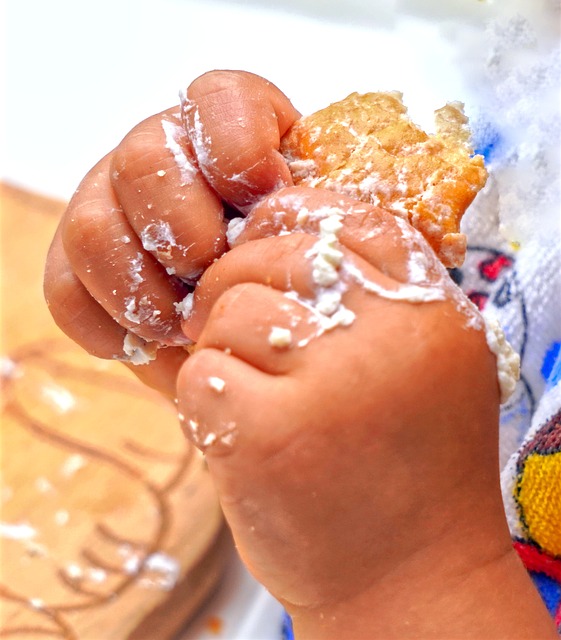Adhering to child protection laws is crucial for creating safe environments in childcare and education, promoting physical and emotional well-being. These laws guide caregivers, educators, and institutions, fostering a culture of vigilance against abuse, neglect, and exploitation. Comprehensive safety measures include regular risk assessments, staff training on child protection laws, open dialogue, age-appropriate education, and procedure updates. Continuous learning through workshops and online courses ensures educators stay informed and committed to best practices. Monitoring behaviors, interactions, and development, along with accurate documentation and reporting, help identify risks early and maintain a safe, nurturing environment compliant with child protection laws.
In the realm of childcare and education, ensuring safety is paramount. This article explores a comprehensive approach to safeguard our youngest learners, focusing on key aspects such as understanding stringent child protection laws, implementing robust safety measures, training staff as the first line of defense, and fostering a culture of vigilance through monitoring and reporting. By delving into these essential components, we aim to provide a foundational framework for creating secure environments where children can thrive.
Understanding Child Protection Laws: A Foundation for Safety
Understanding Child Protection Laws is paramount in creating a safe environment for children in childcare and educational settings. These laws are designed to safeguard minors from abuse, neglect, and exploitation, ensuring their well-being and rights are respected. By familiarizing ourselves with these legal frameworks, we can identify potential risks and implement measures to mitigate them effectively.
Child protection laws vary across jurisdictions but share common goals of promoting children’s physical and emotional safety. They outline responsibilities for caregivers, educators, and institutions, emphasizing the importance of reporting suspected abuse or neglect. Staying informed about these regulations fosters a culture of vigilance where everyone plays an active role in protecting the most vulnerable members of our society.
Implementing Comprehensive Safety Measures in Care and Education
In ensuring safety in childcare and educational settings, implementing comprehensive measures is paramount. This involves adhering to stringent child protection laws and regulations that govern these environments. Schools and childcare centers must adopt a multi-faceted approach, encompassing regular risk assessments, staff training on emergency protocols, and the establishment of clear communication channels for reporting incidents.
Additionally, creating safe spaces and promoting open dialogue encourages children to share concerns without fear. The integration of age-appropriate safety education in the curriculum further empowers kids to recognize potential hazards and take proactive measures. Regular audits and updates to safety procedures are essential to keeping up with evolving best practices and minimizing risks.
Training and Educating Staff: The Frontline of Child Safety
In childcare and educational settings, Training and Educating Staff are the first lines of defence in child safety. All staff members, from teachers to aides, play a vital role in ensuring the well-being of children under their care. Regular training sessions on child protection laws, recognizing potential risks, and appropriate response protocols are essential. These programs equip staff with the knowledge to identify suspicious behaviour, report concerns, and administer first aid effectively.
A culture of continuous learning and awareness is crucial. Staff should be encouraged to participate in workshops, webinars, and online courses that focus on child safety. Keeping up with the latest best practices and guidelines helps educators stay prepared. By investing in their training, institutions demonstrate a commitment to not just compliance but also proactive child protection.
Monitoring and Reporting: Staying Vigilant for Every Child's Well-being
In childcare and educational settings, monitoring and reporting are critical components of ensuring every child’s well-being. It involves a vigilant approach where adults actively observe, assess, and document children’s behaviors, interactions, and overall development. This process helps identify potential risks or concerns early on, allowing for prompt interventions. Educators and caregivers must stay updated with child protection laws and guidelines to know what constitutes acceptable behavior and when to report suspicious activities.
Effective monitoring involves regular check-ins, observation during play and learning activities, and reviewing records of a child’s progress. If any unusual patterns or signs of abuse, neglect, or bullying are noticed, it becomes imperative to document these observations accurately and report them to the appropriate authorities. This collaborative effort between caregivers, educators, and legal bodies ensures a safe and nurturing environment for all children, upholding the standards set by child protection laws.
Ensuring safety in childcare and educational settings requires a multi-faceted approach. By understanding and adhering to child protection laws, implementing robust safety measures, thoroughly training staff, and fostering a culture of vigilance through monitoring and reporting, we can create an environment where every child feels secure and nurtured. These comprehensive strategies not only protect children but also empower educators and caregivers to foster healthy development in a safe space.
